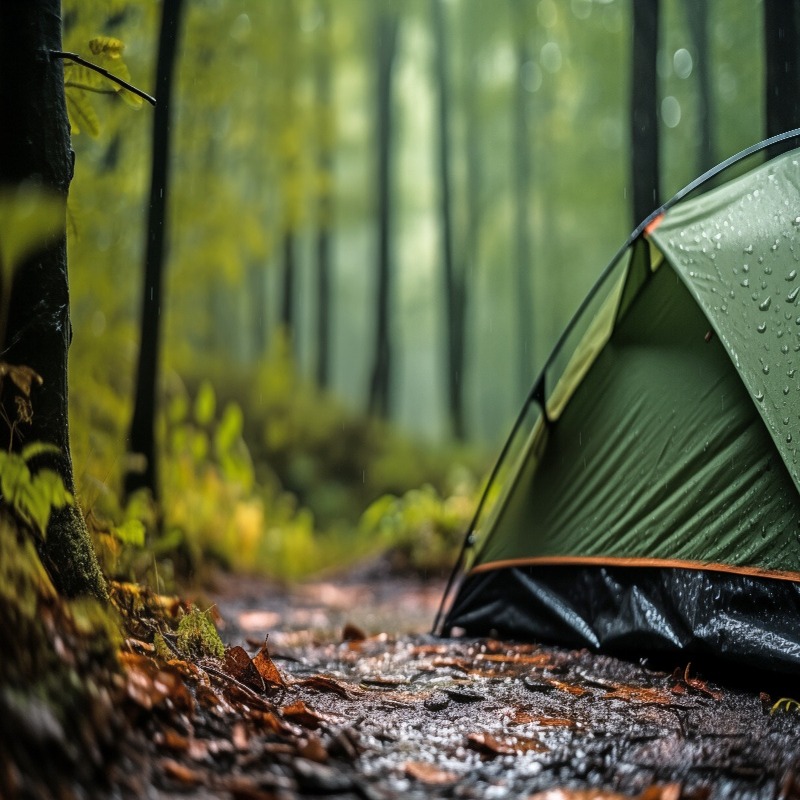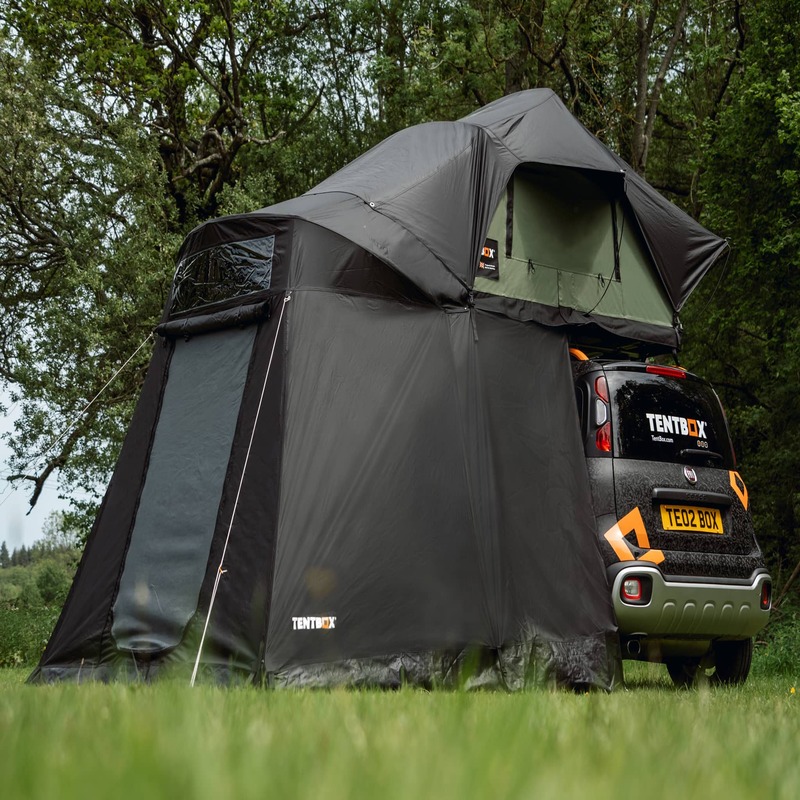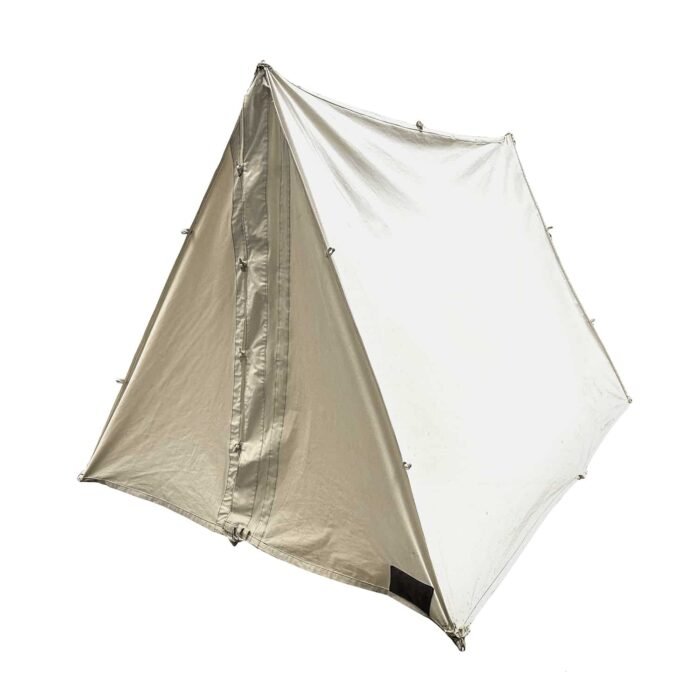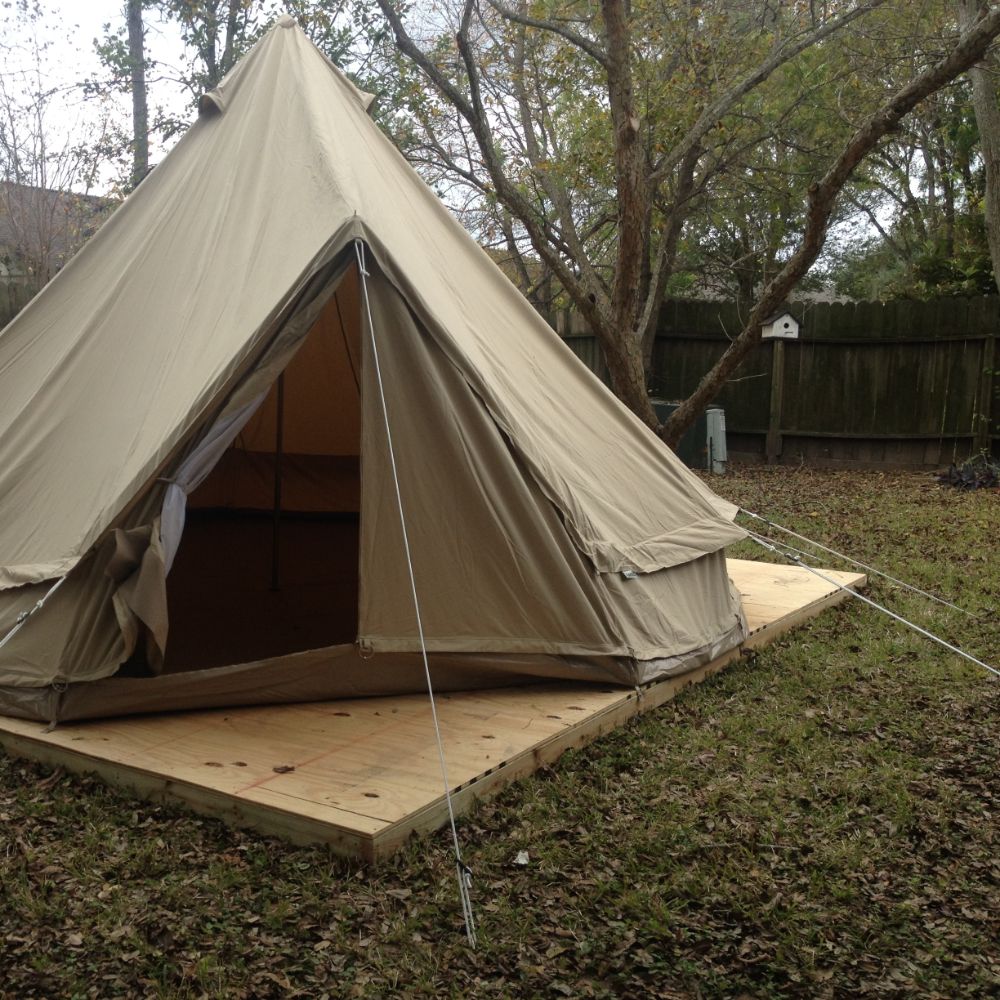Choosing the Right Tent
Selecting a suitable tent is essential for any camping trip. Consider these factors when buying a dr tent.
Size Matters: Start by figuring out the tent size you need. Think about how many people will use it. A good rule is to get a tent that fits one more person than you plan to have. This gives extra space for comfort and gear.
Tent Weight: If you’re backpacking, go for a lighter dr tent. Car campers can handle heavier options. But remember, lighter can also mean less durability.
Seasonality: Choose a dr tent that suits the season. Three-season tents work for most conditions. Four-season tents can withstand harsher weather.
Ease of Setup: Look for a dr tent that’s easy to set up. This is vital when you’re tired or it’s dark. The less time pitching your tent, the more time for enjoying the outdoors.
Ventilation: Ventilation is key to prevent condensation inside the tent. Ensure your dr tent has mesh panels or windows.
Material Quality: High-quality materials in a dr tent can resist wear and tear. They also provide better protection from the elements.
Additional Features: Think about extra features you might want. This can include pockets for storage, a footprint to protect the tent floor, or a rainfly for wetter climates.
Pick a dr tent that balances your needs with your budget. The right choice will make your camping experience much more enjoyable.

Essential Tent Camping Gear
Once you have your dr tent, it’s time to gather the rest of your camping gear. Having the right equipment can elevate your outdoor experience from good to great. Here’s what you need to consider for your next adventure under the stars.
Sleeping Bag and Pad: Choose a sleeping bag rated for the climate you’ll be camping in. Add a sleeping pad for extra insulation and cushioning.
Portable Stove: A portable stove is crucial for cooking meals. Be sure it’s lightweight and easy to use.
Lighting: Don’t forget a reliable light source. This could be a headlamp, lantern, or flashlight.
Camping Chairs: Chairs give you a place to relax. Pick ones that are comfortable and can fold up for easy transport.
First Aid Kit: A well-stocked first aid kit is a camping essential for any mishaps.
Multipurpose Tool: A multipurpose tool can be a lifesaver. It is useful for repairs and various camp tasks.
Map and Compass: Even if you have a smartphone, a map and compass are reliable backups for navigation.
Every piece of gear should serve a purpose. Your choices should be based on your specific needs for the dr tent outing. Always remember to test your gear at home before your trip. This ensures that everything works properly and you know how to use it. The key is to be prepared, so you can focus on enjoying the wilderness.
Setting Up Your Tent Like a Pro
Setting up your dr tent properly is crucial for comfort and safety. Here are steps to follow for a professional setup:
Find Level Ground: Your first task is to find a flat spot. This makes sleeping more comfortable and prevents water from pooling under your dr tent if it rains.
Clear the Area: Remove rocks, sticks, and other debris. This helps protect the tent floor and provides a smoother surface.
Lay Down a Footprint: A footprint goes under your tent to guard against punctures and moisture.
Assemble the Tent: Unroll your dr tent and connect the poles according to the instructions. Make sure it’s facing the wind direction for ventilation.
Anchor It Down: Secure your tent to the ground with stakes. This stops the tent from blowing away in strong winds.
Attach the Rainfly: If there’s a chance of rain, don’t skip the rainfly. It provides an extra layer of protection.
Organize Your Space: Inside, arrange your gear neatly. Keep essentials within reach for convenience.
By following these steps, your dr tent will be a sturdy, safe, and comfortable home away from home. Make sure you practice setting up the tent before you leave for your trip. This way, you will be quick and efficient when you arrive at your campsite.

Understanding Campsite Selection Criteria
Choosing the right campsite is as crucial as selecting the right dr tents. Here are some tips to help you pick an ideal spot:
Research the Area: Before you go, look up your camping destination. Find out about the terrain, local wildlife, and any restrictions.
Check for Amenities: Some campsites offer amenities like water sources or bathroom facilities. Decide what comforts you need for your stay.
Evaluate the Terrain: Look for flat, high ground. It avoids flooding and makes sleeping in your dr tent comfortable.
Distance from Water: Camping too close to water can lead to issues with dampness and insects. Keep a safe distance, but close enough for convenience.
Consider Privacy: If you prefer a quiet experience, find a spot away from large groups or busy areas.
Be Aware of Wind: A windy campsite can make cooking difficult and chilling. Look for natural windbreaks, like trees or bushes.
Check for Hazards: Avoid areas with dead trees or large overhead branches that might fall on your dr tents.
By considering these criteria when selecting your campsite, you can ensure a more comfortable and safer camping experience with your dr tents.
Weather Considerations for Tent Camping
When planning a camping trip with your dr tent, weather can play a crucial role. Here’s how to stay ahead of the elements:
Check the Forecast: Always check weather predictions before leaving. This helps you prepare for potential conditions.
Understand the Climate: Know the typical climate of your destination. Prepare for common weather patterns you might encounter.
Sun Protection: If sunny conditions are expected, bring sunscreen, sunglasses, and consider a dr tent with UV protection.
Rain Readiness: Rain can happen, even with clear forecasts. Pack a waterproof rainfly, and extra tarps for added shelter.
Wind Awareness: Gusts can threaten the stability of your dr tents. Choose a tent designed to withstand wind and use all the provided stakes and guy lines.
Insulation Against Cold: In colder climates, bring a suitable sleeping bag and consider a tent with better insulation.
Stay Dry: Keep your gear off the tent floor. Use a footprint, and consider layering a tarp inside to avoid moisture seeping through.
Adapt your gear and plans to the weather. This ensures a comfortable and safe experience in your dr tent regardless of what Mother Nature brings.
Maintaining and Storing Your Tent
After using your dr tent, proper maintenance is essential. This keeps it reliable for future adventures. Here are key steps to follow:
Clean Your Tent: Gently wipe off any dirt with water. Never use harsh cleaning products.
Dry It Out: Before packing your dr tent, make sure it’s fully dry. This prevents mold and mildew.
Check for Damage: Inspect your tent for tears or holes. Repair them promptly to avoid further issues.
Store It Properly: Fold the dr tent loosely. Store it in a cool, dry place away from direct sunlight.
Keep It Fresh: Place a moisture absorber inside the storage bag. This helps prevent musty odors.
Seasonal Check: Before camping season starts, inspect your tent. This ensures all parts are in working order.
By caring for your dr tent after each trip and during storage, you extend its life. Simple, regular maintenance goes a long way in preserving your tent’s condition.

Campfire Safety and Etiquette
When camping with your dr tent, campfires can be a highlight. Yet, they need care and respect. Here’s how to manage campfire safety and etiquette.
Choose the Right Spot: Use existing fire rings where possible. They are safer and minimize impact.
Keep Fires Small: A small fire is easier to control and puts out less heat which can damage your dr tents.
Clear the Area: Remove leaves, twigs, and other flammable materials from around the fire area. This reduces the risk of the fire spreading.
Never Leave a Fire Unattended: Always watch your fire. An unattended fire can quickly become dangerous.
Extinguish Properly: Put out your fire with water. Stir the ashes. Make sure it’s cold before leaving the site.
Follow Campsite Rules: Some areas have specific fire regulations. Always check and follow these rules.
Be Considerate: Keep noise to a minimum. Remember that sound travels far at night.
Respect Wildlife: Don’t disturb animals with your fire. Keep it small to reduce impact.
By following these tips, you ensure your campfires are safe and enjoyable. This helps protect the outdoors for everyone.
Responsible Camping and Leaving No Trace
When you venture into nature with your dr tents, responsible camping is crucial. Here’s how to minimize your impact:
Pack It In, Pack It Out: Whatever you bring, take it back. Leave nothing but footprints behind.
Stay on Trails: Prevent soil erosion and plant damage by sticking to established paths.
Use Eco-Friendly Products: Opt for biodegradable soap and avoid plastic when possible.
Be Mindful of Wildlife: Respect animal habitats. Watch from a distance and never feed them.
Minimize Campfire Impact: Choose the right spot and always fully extinguish fires.
Remove All Trash: This includes small food scraps that might not seem harmful.
Leave What You Find: Preserve the natural environment. Avoid taking rocks, plants, or cultural artifacts.
Be Water-Wise: Keep soap, food, and waste out of water sources. They can harm ecosystems.
By practicing these guidelines, your dr tents adventures will reflect a commitment to conservation. This ensures the great outdoors remain pristine for future campers.
